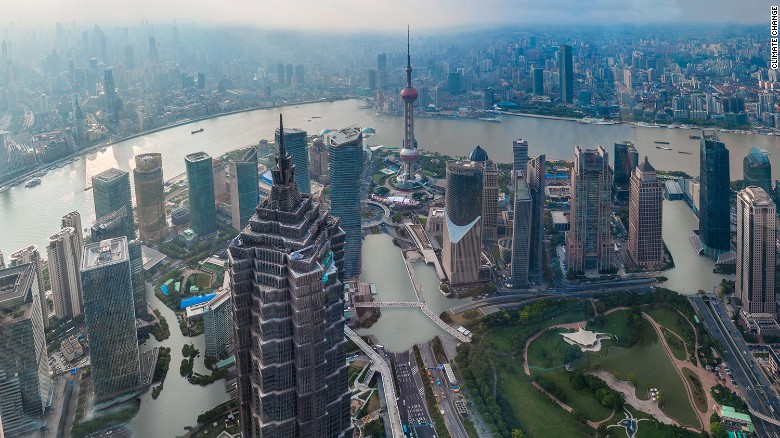Climate change is an acute and pressing threat to the poor and any climate stabilization policies must be integrated with efforts to eliminate poverty, according to a World Bank report released Sunday.
The study found that rising global temperatures stand to push more than 100 million people into extreme poverty in the next 15 years, with sub-Saharan Africa and South Asia most at risk.
Climate-related “shocks” are already impeding efforts to reduce poverty, it said, particularly through crop losses, food price shocks and other impacts on agriculture, which is the main source of income for most poor families.
Climate change also increases the risk of waterborne diseases and the transmission of malaria, with a warming of 2 to 3°C likely to put an extra 150 million people at risk for malaria.
“The report demonstrates that ending poverty and fighting climate change cannot be done in isolation — the two will be much more easily achieved if they are addressed together,” said Stephane Hallegatte, a World Bank senior economist who led the research report team.
“And between now and 2030, good, climate-informed development gives us the best chance we have of warding off increases in poverty due to climate change.”
Other than reining in carbon emissions — one of the major topics to be debated at the COP21 global climate summit — countries can prepare by developing early warning systems for flood protection and introducing heat-resistant crops.
Rising sea levels
Another report released by Climate Central on the same day found that rising sea levels caused by a 4°C increase in warming from carbon emissions could submerge land that is currently home to up to 760 million people.
Aggressive carbon cuts that limit warming to 2°C could reduce that number to as low as 130 million people.
The top 10 cities with the largest threatened populations were all located in Asia and include Shanghai, Hong Kong, Calcutta, Mumbai, Dhaka, Jakarta, and Hanoi.
China, the world’s leading carbon emitter, carries the most coastal risk according to the report, with 145 million people living on land that would become submerged. Limiting climate change to an increase of 2°C would cut their exposed population by 64 million.
The U.S. and India — the second and third largest carbon emitting countries in the world — would cut their exposure to submerged land by half if they meet the 2°C goal.
The report named the U.S. as the most threatened nation outside of Asia, with roughly 25 million people presently living on vulnerable land.
As reported by CNN

